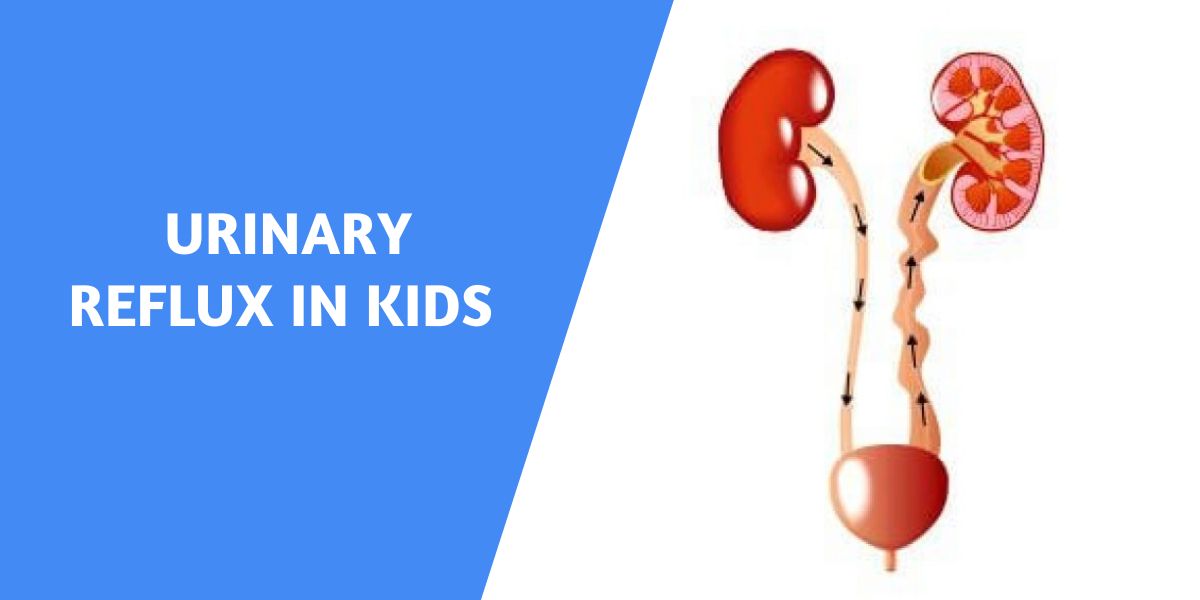Exploring Endoscopic Treatment for Vesicoureteral Reflux in Kids
Vesicoureteral reflux (VUR) is a condition where urine flows backward from the bladder into the ureters and sometimes up to the kidneys. It’s a common issue in pediatric patients and can lead to urinary tract infections and kidney damage if left untreated. In recent years, endoscopic treatment has emerged as a promising option for managing VUR in children, offering a less invasive alternative to traditional surgical approaches. Let’s delve into the world of endoscopic treatment for VUR and its implications for pediatric patients.
Understanding Vesicoureteral Reflux
Before delving into treatment options, it’s crucial to understand what VUR entails. Essentially, VUR occurs when the valve-like mechanism between the ureters and the bladder malfunctions, allowing urine to flow backward. This condition can predispose children to recurrent urinary tract infections (UTIs) and, in severe cases, kidney damage. Hence, prompt and effective management is essential to prevent long-term complications.
Traditional Treatment Approaches
Historically, surgical correction has been the primary method for managing VUR in children. Procedures like ureteral reimplantation aim to reconstruct the faulty valve mechanism and restore normal urinary flow. While effective, these surgeries are invasive and carry inherent risks, including bleeding, infection, and scarring.
The Emergence of Endoscopic Treatment
In recent years, advances in medical technology have paved the way for less invasive treatment options, such as endoscopic therapy. Endoscopic treatment involves the insertion of a small camera (endoscope) through the urethra into the bladder, allowing direct visualization of the urinary tract.
This approach offers several advantages over traditional surgery, including:
Minimally Invasive
Unlike open surgical procedures, endoscopic treatment requires only small incisions or entry points, reducing trauma to surrounding tissues and minimizing postoperative pain.
Shorter Recovery Time
The less invasive nature of endoscopic therapy typically results in shorter hospital stays and faster recovery times for pediatric patients, allowing them to return to their normal activities sooner.
Lower Risk of Complications
With fewer incisions and a reduced risk of blood loss, endoscopic treatment carries a lower risk of complications compared to traditional surgery, making it an attractive option for parents and caregivers.
Endoscopic Techniques for VUR
Several endoscopic techniques are available for the treatment of VUR in pediatric patients. One common approach involves the injection of a bulking agent, such as Deflux, into the area surrounding the ureteral opening. This creates a temporary barrier that prevents urine from flowing backward into the ureters. Over time, the body naturally absorbs the bulking agent, and the valve mechanism may improve.
Another endoscopic technique, known as the ureteral reimplantation with submucosal tunneling (URST) procedure, aims to recreate the natural valve mechanism by creating a new tunnel for the ureter to enter the bladder. This technique offers a more permanent solution for severe cases of VUR and has shown promising results in clinical studies.
Endoscopic treatment represents a significant advancement in the management of vesicoureteral reflux in pediatric patients. By offering a less invasive alternative to traditional surgery, endoscopic therapy provides children with a safer and more effective means of addressing this common urinary tract condition. As technology continues to evolve, further refinements in endoscopic techniques are likely to improve outcomes and expand treatment options for young patients with VUR.


